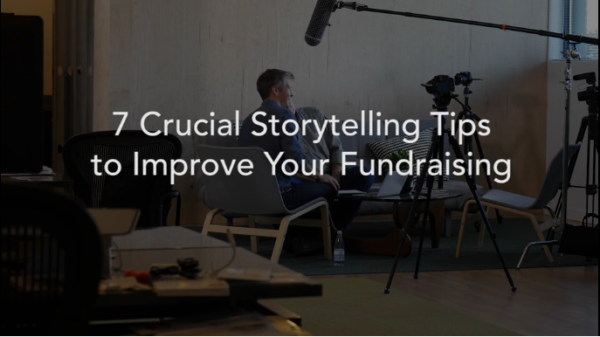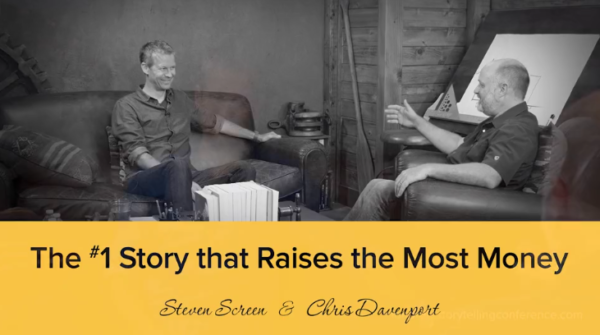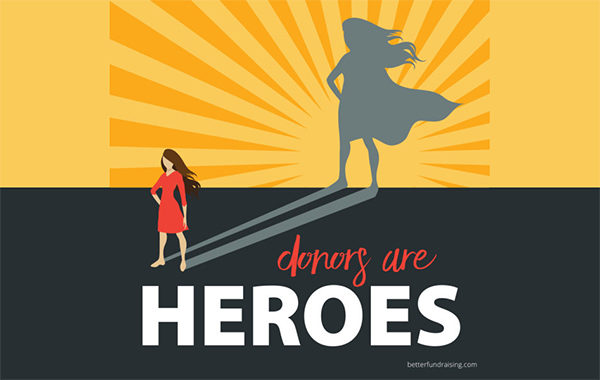Here’s the outline we follow for newsletter stories.
It’s remarkably simple, and it does two powerful things:
- It makes your newsletter easier and faster to write, because you have a model to follow
- It makes sure each story helps you achieve the purpose of your newsletter
Sounds pretty good, doesn’t it?
Simple Newsletter Outline
PARAGRAPHS 1–2
- Summarize the situation the beneficiary was in
- Tell the donor the situation changed because of them
- Summarize the positive situation the beneficiary is in today
PARAGRAPHS 3–5
- Tell the beneficiary’s “story” as above, but go into more depth
FINAL PARAGRAPH
- Thank the donor for making the transformation (from “before” to “after”) possible
- Thank the donor for caring about the beneficiary enough to take action to help
Note: most newsletter stories are between 150 and 250 words. So the number of paragraphs will vary depending on the length of the story.
The Power of This Approach
When you use this approach, your donor doesn’t have to read more than the first paragraph to get your newsletter’s main message – that the donor’s gift made a meaningful difference in the life of one person or for your cause.
At Better Fundraising, we assume that 80% of the people who open your newsletter will only read the headlines, picture captions, and a paragraph or two. For those people (4 out of 5!), you want to do everything you can to ensure they still get your main message.
Other nonprofits will make their donors wade through tons of words to find out whether the donors’ gifts made a difference. Sometimes the donor will never find out. I’ve seen newsletters where the donor is never even mentioned.
But by following this model, you and your organization will communicate your main message to almost every person who opens your newsletter. That’s a huge win!
Repeat This Formula in Every Story
When a donor opens your newsletter, you don’t know which story (or stories) they’re going to read. So you want to use this formula for every story so – whatever they read – they get the message that their gift made a difference.
This approach will feel repetitive to you – since you see every story. But most of your donors won’t read every story.
It will feel repetitive to your staff and core stakeholders (like your board) because they’re far more likely than most donors to open every newsletter and read every story.
But Remember
Your newsletter is not for you, your staff, or your core stakeholders. It’s a communication vehicle to show the remaining 95% of your donors that their gift made a meaningful difference.
Why is showing donors that they made a meaningful difference so important?
So that they can trust that giving a gift to your organization makes a real difference
So that they’re more likely to give you a gift the next time you ask
So that they’re more likely to keep giving to you year after year
So that they’re more likely to become a major donor
So that they’re more likely to leave you a gift in their will
So no pressure… but make sure your newsletter shows each donor that their gift made a meaningful difference. And one of the most powerful ways to do that is to write the stories following this outline.
Read the series:
- What the purpose of your newsletter SHOULD be
- Why are you writing about the organization?
- What your next newsletter should be like
- Outline for newsletter stories (This post)
- Newsletter Headlines That Work
- Newsletter Picture Captions that Help, not Hurt
- Newsletter Design: Readable and Scannable Above All Else
- Who to Mail Your Newsletter To
- The Back Page: How to Turn Those Good Feelings into Donations
- Your Printed Newsletter: The final Big Idea that brings it all together










